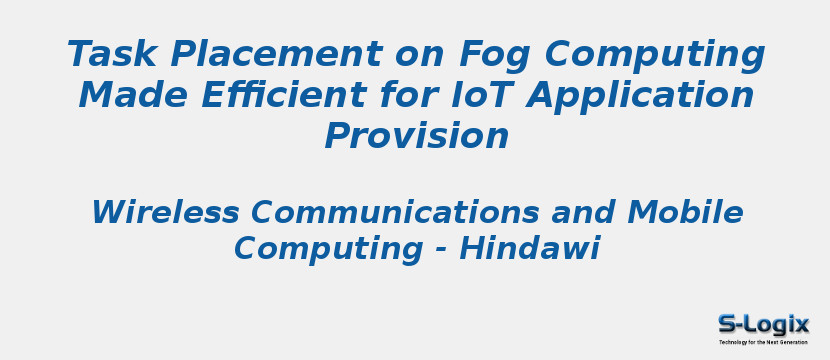Research Area: Fog Computing
Fog computing is one of the promising technologies for realizing global-scale Internet of Things (IoT) applications as it allows moving compute and storage resources closer to IoT devices, where data is generated, in order to solve the limitations in cloud-based technologies such as communication delay, network load, energy consumption, and operational cost. However, this technology is still in its infancy stage containing essential research challenges. For instance, what is a suitable fog computing scheme where effective service provision models can be deployed is still an open question. This paper proposes a novel multitier fog computing architecture that supports IoT service provisioning. Concretely, a solid service placement mechanism that optimizes service decentralization on fog landscape leveraging context-aware information such as location, response time, and resource consumption of services has been devised. The proposed approach optimally utilizes virtual resources available on the network edges to improve the performance of IoT services in terms of response time, energy, and cost reduction. The experimental results from both simulated data and use cases from service deployments in real-world applications, namely, the intelligent transportation system (ITS) in Ho Chi Minh City, show the effectiveness of the proposed solution in terms of maximizing fog device utilization while reducing latency, energy consumption, network load, and operational cost. The results confirm the robustness of the proposed scheme revealing its capability to maximize the IoT potential.
Keywords:
Author(s) Name: Minh-Quang Tran ,Duy Tai Nguyen , Van An Le ,Duc Hai Nguyen, and Tran Vu Pham
Journal name: Wireless Communications and Mobile Computing
Conferrence name:
Publisher name: Hindawi
DOI: 10.1155/2019/6215454
Volume Information:
